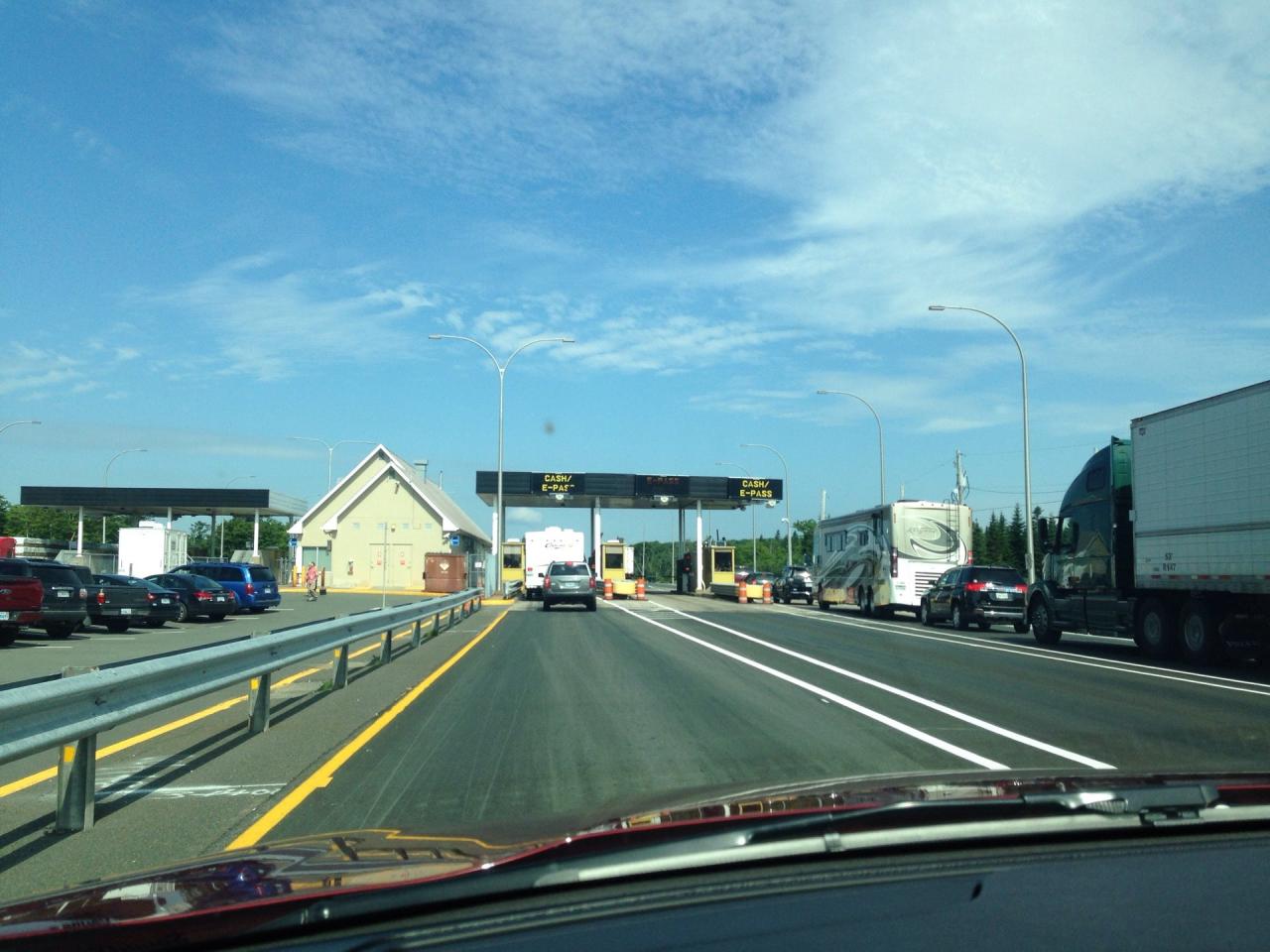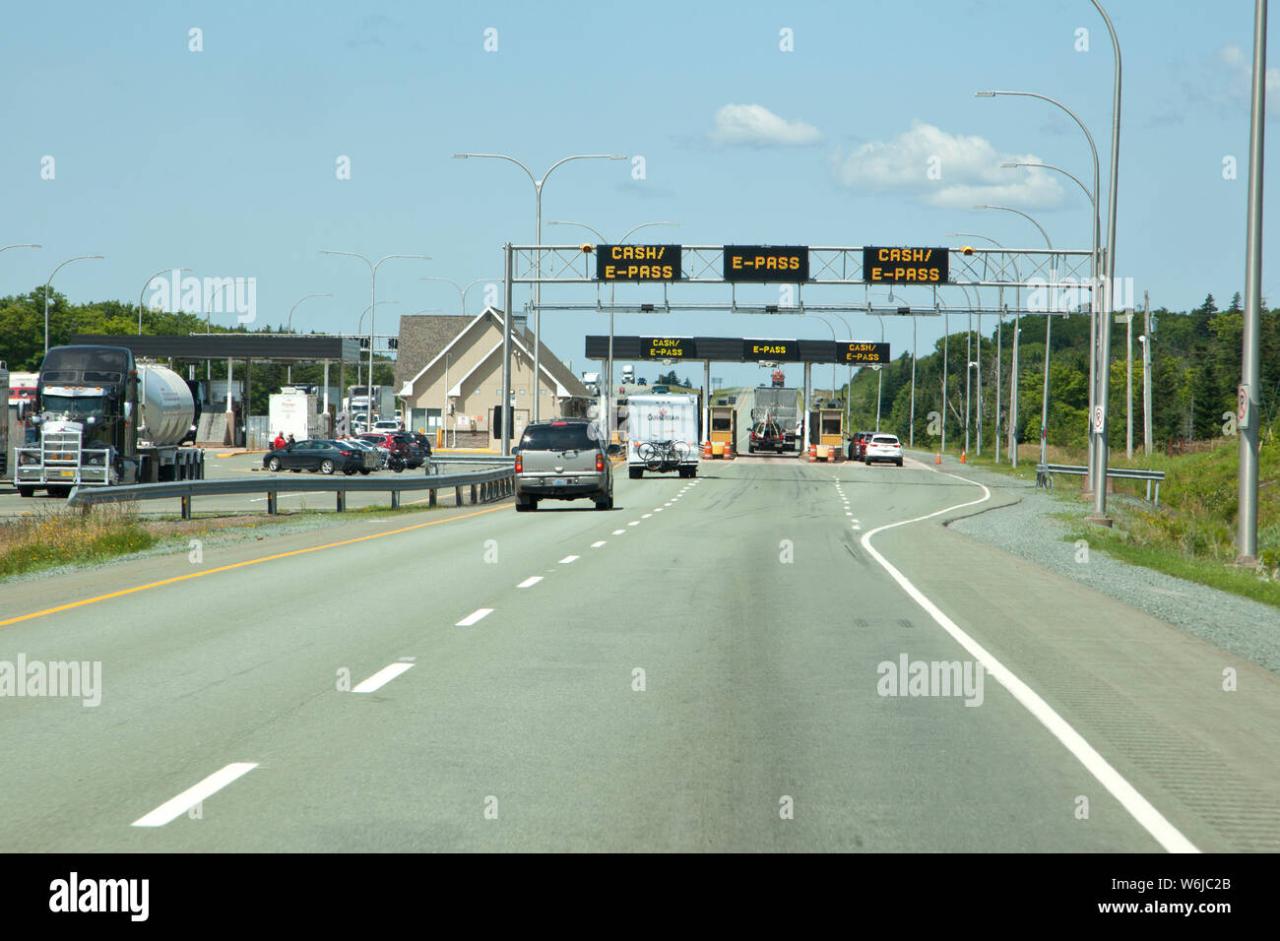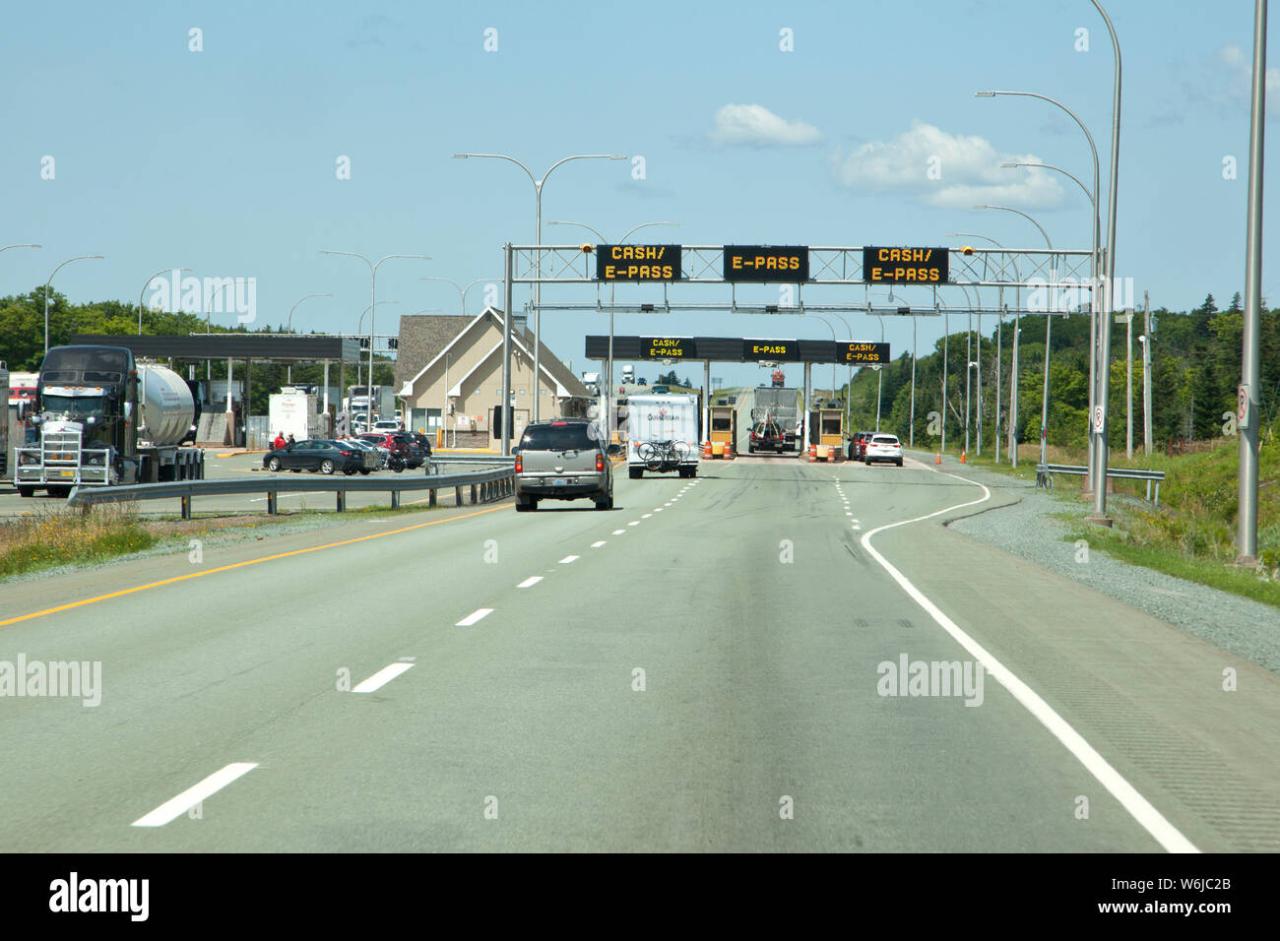Cobequid Pass camera systems play a crucial role in managing traffic flow and enhancing safety along this vital transportation route. These strategically placed cameras provide real-time monitoring of traffic conditions, aiding in efficient traffic management and accident response. The data collected contributes significantly to improving road safety and informing infrastructure development decisions. This exploration delves into the technology, functionality, and public perception surrounding this important system.
From analyzing peak hour congestion to the impact of inclement weather on travel times, the Cobequid Pass camera network offers valuable insights. The system’s effectiveness is assessed by examining its technological underpinnings, including image processing, data transmission, and maintenance procedures. Further, we will consider public perception, exploring both the benefits and concerns surrounding the use of these cameras.
Cobequid Pass Traffic Management System: Cobequid Pass Camera
The Cobequid Pass, a vital transportation artery connecting central and northern Nova Scotia, relies on a comprehensive camera system to monitor traffic flow, enhance safety, and improve overall efficiency. This system plays a crucial role in managing traffic conditions, providing real-time data for informed decision-making, and contributing to a safer driving experience for all users.
The Cobequid Pass camera provides real-time views of traffic conditions, a valuable resource for drivers. However, if you’re looking for a different kind of tracking, you might be interested in the norad santa tracker phone number , which offers a festive alternative. Returning to the Cobequid Pass camera, remember to check it before embarking on your journey for up-to-date road information.
Cobequid Pass Traffic Conditions

Traffic patterns on the Cobequid Pass vary significantly depending on the time of day and day of the week. Peak hours typically see heavier traffic volumes, particularly during commuting periods (7:00 AM to 9:00 AM and 4:00 PM to 6:00 PM) and on weekends during peak tourist seasons. Off-peak hours generally experience smoother traffic flow. Weather conditions substantially impact traffic flow.
Snow, ice, and heavy rain can lead to reduced speeds, increased travel times, and potential road closures. Accidents or unexpected road closures, even minor ones, can cause significant delays, sometimes leading to long queues.
| Time of Day | Day of Week | Average Travel Time (minutes) | Typical Traffic Conditions |
|---|---|---|---|
| 7:00 AM – 9:00 AM | Weekday | 25-40 | Heavy, congested |
| 12:00 PM – 2:00 PM | Weekday | 15-20 | Moderate |
| 4:00 PM – 6:00 PM | Weekday | 25-45 | Heavy, congested |
| Weekend | All Day | Variable | Moderate to Heavy, depending on season and events |
Camera Locations and Functionality

Multiple traffic monitoring and speed cameras are strategically positioned along the Cobequid Pass. Precise locations are not publicly disclosed for security reasons, but cameras are generally located at key points along the highway, including entry and exit ramps, areas prone to accidents, and sections with significant elevation changes. The traffic monitoring cameras provide real-time video feeds to the control center, enabling monitoring of traffic flow and identification of incidents.
Speed cameras automatically record the speed of vehicles and issue warnings or fines as appropriate. Data from these cameras is used for traffic management, accident investigation, and infrastructure planning.
A detailed map illustrating camera locations would include major landmarks such as the highway exits, rest areas, and nearby towns. The geographical features would include the terrain, elevation changes, and any significant curves or inclines along the pass. The map would clearly depict the highway’s layout and the relative positions of the cameras within the overall highway network.
Safety and Security Aspects

The camera system plays a vital role in enhancing driver safety on the Cobequid Pass. Real-time monitoring allows for quick response to incidents, such as accidents or stalled vehicles. The presence of speed cameras also encourages drivers to adhere to speed limits, reducing the risk of accidents. Camera footage is invaluable in accident investigations, providing objective evidence to determine the cause of collisions and assist in assigning responsibility.
Robust security measures are in place to protect camera data from unauthorized access or tampering. This includes encrypted data transmission, secure storage facilities, and access control protocols. The effectiveness of the Cobequid Pass camera system is comparable to, and in some aspects surpasses, similar systems in other locations with comparable traffic volumes and geographical challenges. Data-driven analysis and proactive measures make it a more efficient system.
The Cobequid Pass camera provides a fascinating real-time view of Nova Scotia’s landscape. Thinking about the scale of surveillance, it’s interesting to compare it to the technological advancements showcased in the recent drone attacks; for instance, the sophisticated drone technology used in the ukraine drone attack on russia highlights the evolving capabilities of unmanned aerial vehicles. Returning to the Cobequid Pass camera, its simpler function offers a stark contrast to the complex military applications of drone technology.
Technological Aspects of the Camera System
The Cobequid Pass camera system utilizes advanced image processing technology to analyze video feeds in real-time. Data is transmitted securely to a central control center using high-bandwidth communication networks. Regular maintenance and preventative upkeep are crucial to ensure the system’s continued operation. This includes routine inspections, software updates, and hardware replacements as needed. Cameras are upgraded or replaced based on technological advancements, wear and tear, or performance degradation.
The replacement process is planned to minimize disruption to service.
Monitoring Cobequid Pass with its strategically placed cameras offers valuable insights into traffic flow and potential incidents. The recent news regarding the sophisticated technology used in the kazan drone attack highlights the evolving nature of surveillance and security challenges. Understanding these advancements is crucial for enhancing the effectiveness of systems like the Cobequid Pass camera network, ensuring continued safety and efficiency.
- High-resolution cameras with wide-angle lenses for comprehensive coverage.
- Advanced image processing algorithms for accurate speed detection and incident identification.
- Secure data transmission protocols to protect against unauthorized access.
- Redundant systems to ensure continuous operation in case of equipment failure.
- Remote monitoring and control capabilities for efficient maintenance and management.
Public Perception and Impact, Cobequid pass camera

Public feedback regarding the camera system has been mixed. While many appreciate the enhanced safety and improved traffic management, some express concerns about privacy and the potential for misuse of data. The perceived benefits include increased safety, reduced accident rates, and smoother traffic flow. Drawbacks include privacy concerns and the potential for increased fines. The cameras have demonstrably influenced driver behavior, leading to improved adherence to speed limits and more cautious driving in certain areas.
A public awareness campaign could address privacy concerns by clearly outlining data protection measures, emphasizing the focus on safety, and providing transparent information about data usage. The campaign could also highlight the positive impact of the cameras on road safety and traffic efficiency.
The Cobequid Pass camera system represents a significant investment in transportation infrastructure and public safety. By providing real-time traffic data and enhancing accident investigation capabilities, the system contributes to smoother traffic flow and improved road safety. Ongoing monitoring and public engagement are vital to ensuring the continued effectiveness and acceptance of this valuable resource. Future improvements could include enhanced public information dissemination and proactive measures to address public concerns.
Key Questions Answered
How are the Cobequid Pass camera images stored and secured?
Camera images are typically stored securely on servers with robust cybersecurity measures in place to protect against unauthorized access and data breaches.
What happens if a camera malfunctions?
Maintenance protocols are in place to address camera malfunctions promptly. Repair or replacement procedures are implemented to ensure minimal disruption to the system’s functionality.
Are the Cobequid Pass cameras equipped with speed detection capabilities?
The specific capabilities of each camera vary. Some may include speed detection, while others primarily focus on traffic monitoring and incident detection.
How can I provide feedback on the Cobequid Pass camera system?
Feedback mechanisms may be available through the relevant transportation authority’s website or other designated channels. Specific contact information should be readily accessible.
